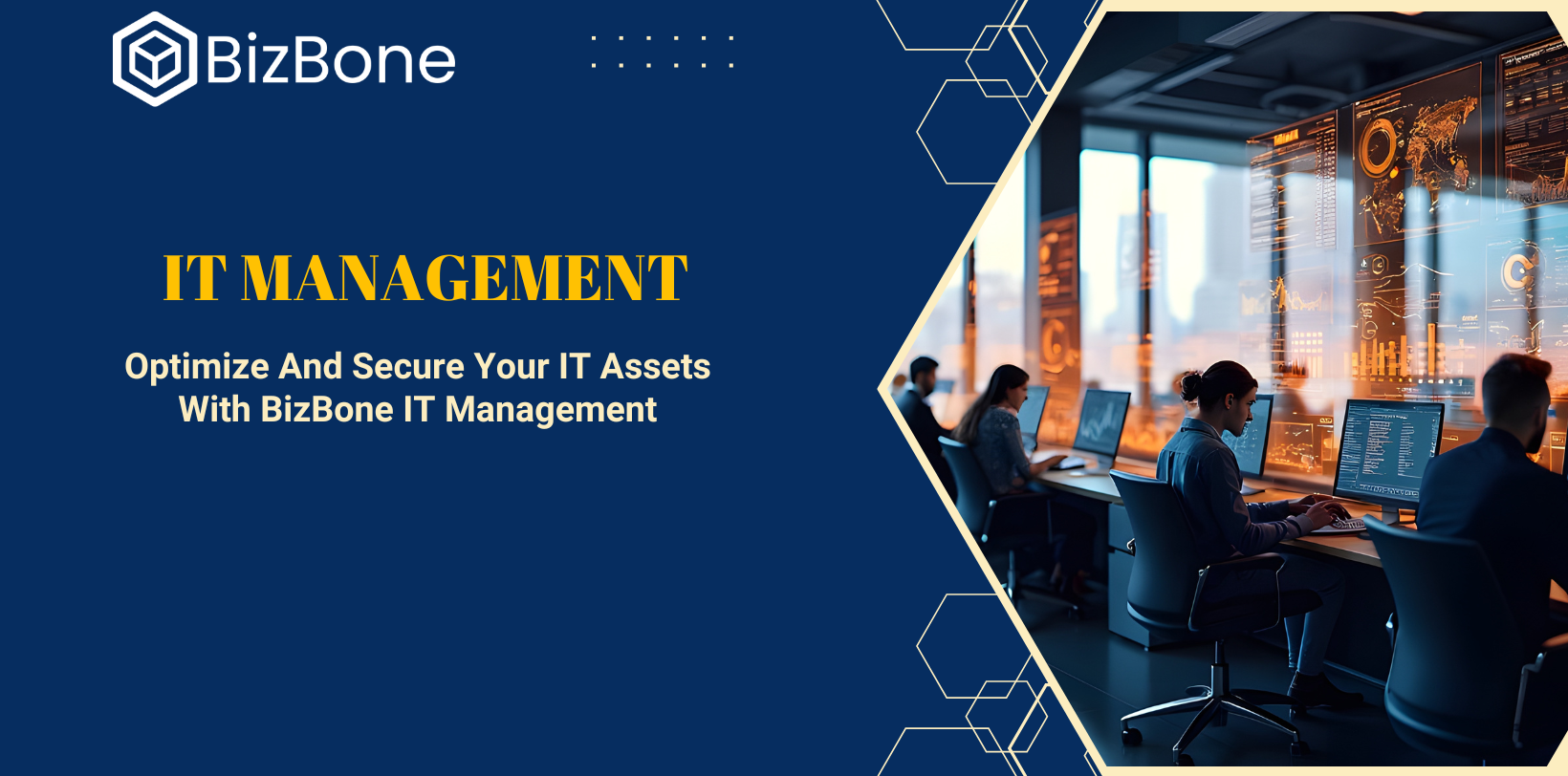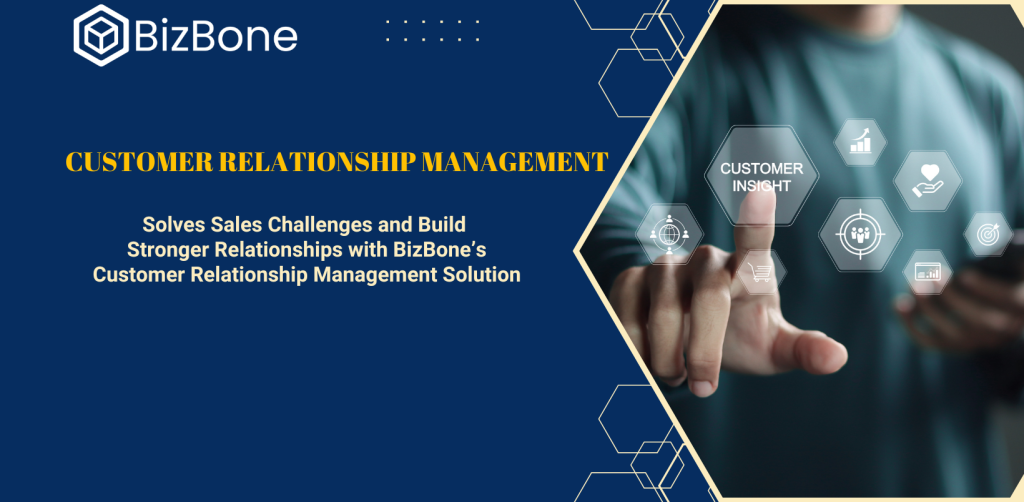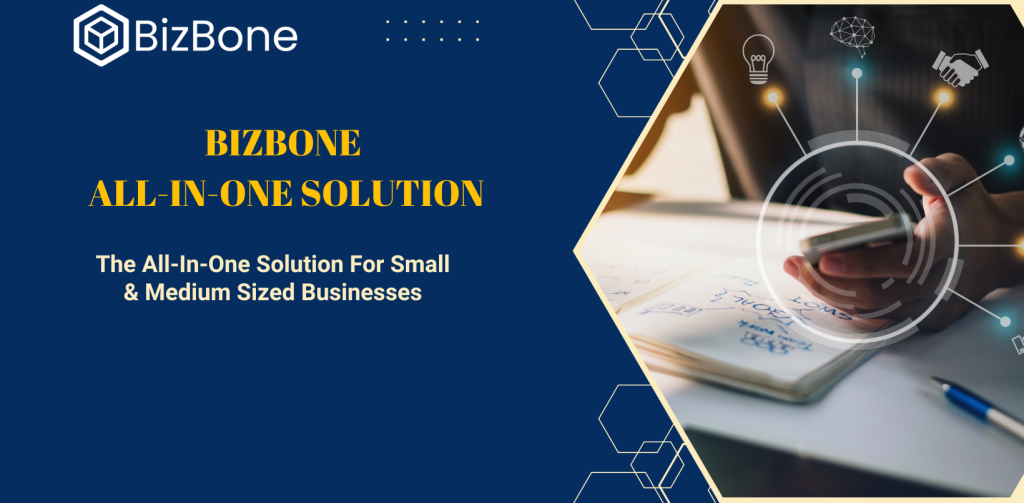How often do we hear about businesses scrambling to locate a missing laptop, renewing a software license at the last minute, or struggling to track down the lifecycle of their IT assets? These aren’t just random incidents; they’re symptoms of a larger problem that can lead to wasted resources, inefficiencies, and even compliance risks.
Inefficient IT asset management can cost businesses up to 30% more annually.
Managing IT assets effectively isn’t just a back-office task; it’s a critical part of staying competitive. You need to timely renew licenses and upgrade software/hardware, secure sensitive data, and track all the IT resources you utilize.
The solution lies in adopting a centralized and streamlined IT management tool. In this blog, we will discuss why you should adopt one, how to identify a good tool, best practices, and why it benefits your company.
Why Optimized IT Asset Management is Essential for Organizations
Impact on Business Efficiency
Effective IT asset management helps businesses:
- Reduce operational costs by preventing unnecessary purchases.
- Increase productivity through optimized asset utilization.
- Make data-driven decisions to plan and allocate IT resources better.
But, failing to do so may lead to:
- Increased Risk of Asset Loss or Theft: Poor tracking systems make it easier for assets to be misplaced or misused.
- Wasted Resources: Overlooked or underused assets contribute to financial inefficiencies.
- Compliance Issues: Expired licenses or regulatory non-adherence exposes businesses to legal and financial penalties.
Thus, it is advised that you have a good IT management tool for your organization. An optimized approach ensures accountability, compliance, and resource efficiency.
Now, the most common question is, how do you identify a good tool? Worry not; we have listed down some key features that an effective IT management tool must have.
Key Features of an Effective IT Management Tool
These features work together to create a seamless and secure IT management process. When selecting an IT management solution, look for these essential features:
- Centralized Asset Management: Tracks all hardware and software in a unified system, making it easy to access and update asset records.
- Lifecycle Tracking: Monitors assets throughout their lifespan, from procurement to retirement, ensuring timely maintenance and replacements.
- License Compliance and Tracking: Automates reminders for license renewals and ensures adherence to regulatory standards.
- Request Management System: Streamlines IT ticket handling, categorizing requests by type and urgency for faster resolution.
- Analytics and Reporting: Provides insights into asset performance, helping identify inefficiencies and plan budgets effectively.
- Risk Mitigation: Alerts IT teams to unauthorized use or installations, safeguarding sensitive data.
Best Practices for IT Asset Management
To improve IT asset management processes, follow these actionable tips:
- Centralize Asset Data: Use a single platform to store and manage all hardware and software records.
- Monitor Asset Lifecycles: Plan proactive maintenance and upgrades to prevent unexpected downtime.
- Automate Compliance Tracking: Implement systems that track license expirations and regulatory requirements.
- Streamline Requests: Use ticketing systems to handle repair and allocation requests efficiently.
- Leverage Analytics: Regularly analyze data to identify underperforming or aging assets for better resource planning.
BizBone’s IT Management solution simplifies these practices, making them accessible and effective for small and medium-sized businesses (SMBs).
Why BizBone is the Right Partner for IT Asset Management
BizBone’s IT Management solution empowers SMBs to manage their IT assets efficiently, providing seamless tracking, optimization, and security for these vital resources. It centralizes all data related to IT assets, enabling teams to monitor usage, ensure compliance, and streamline processes. Here’s what it does:
- Centralized Data Management: Consolidates all asset information for easy tracking and updates.
- Lifecycle Tracking: Ensures proactive planning for maintenance and replacements.
- Time Savings: Automates repetitive tasks, freeing IT teams to focus on strategic goals.
- Enhanced Security: Tracks assets to ensure they comply with security protocols, protecting against unauthorized use or installations.
- Better Decision-Making: Analytics tools provide actionable insights to improve IT resource allocation.
- Improved Compliance: Tracks licenses and ensures alignment with regulatory requirements.
- Cost Efficiency: Maximizes asset utilization while reducing waste and operational inefficiencies.
Conclusion
Optimizing IT asset management isn’t just a choice—it’s a necessity for modern organizations. Businesses that implement efficient systems experience measurable benefits, including reduced costs, enhanced compliance, and increased productivity.
Modern IT management solutions, equipped with centralized data, automated processes, and actionable insights, can revolutionize operations. Isn’t it time your IT assets worked smarter for your organization? Among the many tools available, BizBone’s IT Management solution stands out by seamlessly integrating with other BizBone’s ERP solutions, such as Accounting, HR, and Program Management, to amplify overall efficiency and functionality.
If you’re navigating similar challenges and need a solution tailored to your needs, we’re here to help. Contact us today to learn more about how BizBone can empower your business.
Turn insight into impact- check out IT Management with BizBone.



